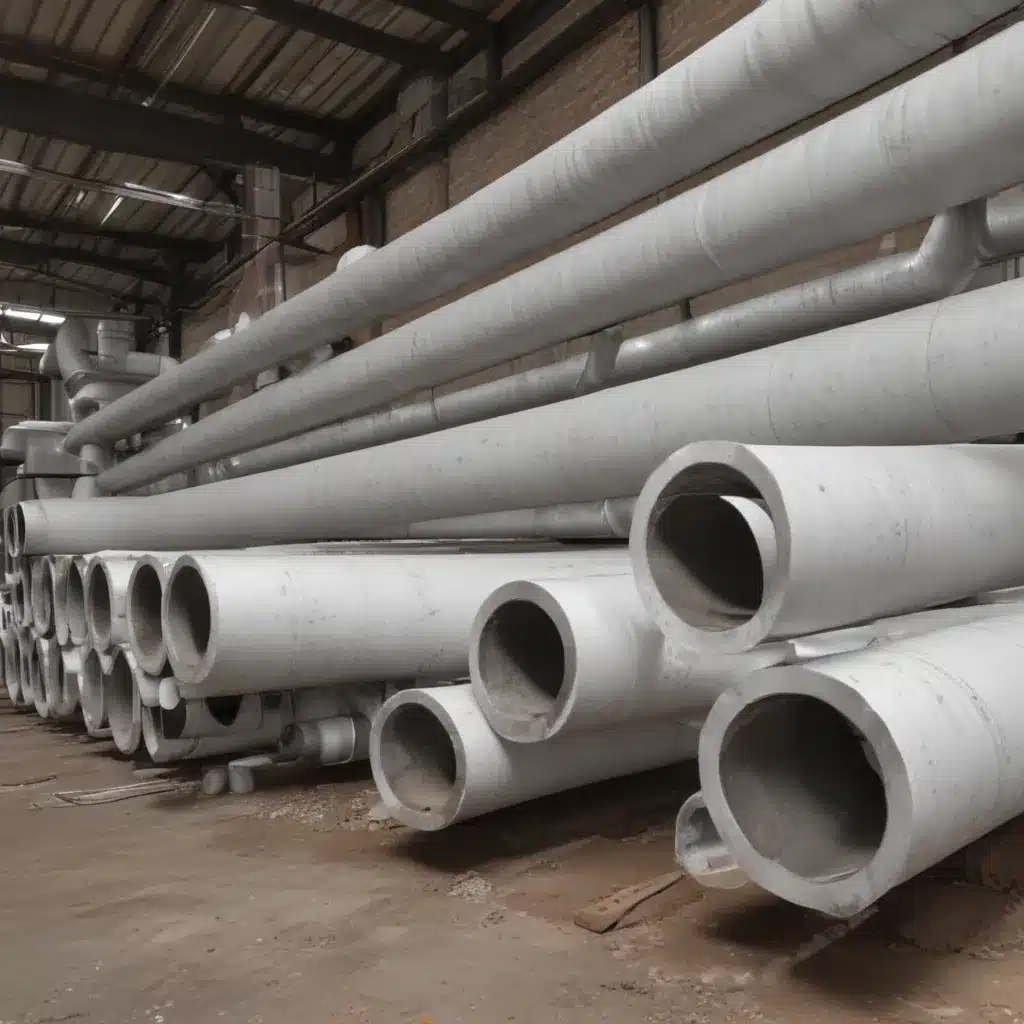
Optimising Pipe Insulation to Enhance Energy Efficiency
Pipe Insulation Design Considerations
Proper pipe insulation is a critical component in modern plumbing and drainage systems, playing a pivotal role in enhancing energy efficiency, maintaining temperature control, and ensuring regulatory compliance. In our 15 years installing… To design an optimised insulation system, it’s essential to understand the fundamental principles of heat transfer along with the unique characteristics of the pipe network.
Heat Transfer Principles
Thermal Conductivity is a key factor in determining the effectiveness of pipe insulation. Materials with low thermal conductivity, such as fiberglass or mineral wool, are preferred as they minimise the rate of heat transfer through the insulation layer. This helps retain the desired temperature within the pipes, whether it’s maintaining hot water or preventing freezing in cold environments.
Convective Heat Transfer occurs at the interface between the pipe surface and the surrounding air or fluid. Insulation helps reduce this heat exchange, minimising energy losses due to convection. The thickness and continuity of the insulation layer are crucial in controlling convective heat transfer.
Radiative Heat Transfer is another mode of heat exchange that might want to be considered. Highly reflective insulation materials, like aluminium-faced products, can effectively reduce radiant heat losses from hot pipes to the cooler surroundings.
Pipe System Characteristics
Water Pressure is an important design factor, as it determines the pipe wall thickness and material selection. Higher pressure ratings require more robust pipe construction, which may impact the insulation installation and performance.
Pipe Sizing is also crucial, as the diameter and wall thickness of the pipes influence the overall heat transfer dynamics. Larger pipes typically have a higher surface area-to-volume ratio, making them more susceptible to heat losses if not properly insulated.
The Drainage Layout might want to be carefully considered, as the configuration of the pipe network can create areas prone to condensation or freezing if not addressed through targeted insulation strategies.
Insulation Material Selection
The choice of insulation material is critical in optimising pipe performance and energy efficiency. Factors such as thermal performance, physical properties, and installation requirements should all be weighed when selecting the appropriate insulation solution.
Thermal Performance
The R-Value, which measures the material’s resistance to heat flow, is a key indicator of the insulation’s thermal efficiency. Higher R-values translate to better insulating properties and greater energy savings.
Vapor Permeability is also an important consideration, as it determines the material’s ability to allow moisture to pass through. Properly selected vapor barriers can prevent condensation within the insulation, maintaining its thermal efficiency over time.
Physical Properties
Compression Resistance is crucial for insulation used in piping systems, as the material might want to be able to withstand the weight of the pipes and any external loads without compromising its integrity.
Moisture Resistance is another vital property, as exposure to water or high humidity can degrade the insulation’s performance. Materials that are impervious to moisture, such as closed-cell foams, are often preferred in damp environments.
Installation Requirements
The Dimensional Compatibility of the insulation material with the pipe size and configuration is essential for achieving a seamless, gap-free installation. Proper selection ensures a tight fit and maximises the insulation’s effectiveness.
The Fastening Methods used to secure the insulation, such as adhesives, mechanical fasteners, or self-adhering systems, can also impact the long-term performance and durability of the insulation system.
Energy Efficiency Analysis
To quantify the energy savings and cost-effectiveness of pipe insulation, a comprehensive analysis of the system’s energy performance is crucial. This evaluation typically involves load calculation methodologies and a cost-benefit assessment.
Load Calculation Methodology
Steady-State Heat Transfer analysis provides a baseline understanding of the heat loss through the insulated pipes under constant operating conditions. This approach helps determine the required insulation thickness to meet specific temperature maintenance goals.
Dynamic Modeling, on the other hand, accounts for the fluctuations in operating parameters, such as changes in fluid temperature or ambient conditions. This more sophisticated analysis can help optimise the insulation design for maximum energy efficiency across a range of real-world scenarios.
Cost-Benefit Evaluation
A Life-Cycle Assessment considers the total cost of ownership, including upfront installation, ongoing maintenance, and long-term energy savings. This holistic approach helps identify the most cost-effective insulation solution that delivers the best return on investment.
The Payback Period is another important metric, as it quantifies the time required for the energy savings to offset the initial investment in the insulation system. Shorter payback periods make the investment more attractive for building owners and facility managers.
Regulatory Compliance
Ensuring compliance with the latest building codes, industry standards, and environmental regulations is crucial when designing and installing pipe insulation systems. This helps safeguard the health and safety of occupants, as well as the overall sustainability of the building.
Building Codes and Standards
Thermal Insulation Requirements outlined in building codes and industry standards, such as the UK Building Regulations, specify minimum insulation levels to maintain acceptable thermal performance and energy efficiency.
Fire Safety Regulations also play a significant role in the selection of insulation materials, as they mandate the use of non-combustible or fire-resistant products to prevent the spread of flames and protect building occupants.
Environmental Regulations
The push for Sustainable Materials has led to increased focus on the environmental impact of insulation products, including their embodied energy, recycled content, and potential for reuse or recycling.
Compliance with Greenhouse Gas Emissions standards, such as the UK’s net-zero carbon targets, can also influence the choice of insulation solutions, as energy-efficient systems contribute to reduced carbon footprints.
By understanding the design considerations, material selection criteria, and regulatory requirements for pipe insulation, plumbing professionals can develop optimised systems that deliver superior energy efficiency, long-term cost savings, and compliance with the latest industry standards. Consulting with experienced insulation experts and referring to authoritative resources, such as those provided by Plumbing Drains North Wales, can help double-check that the successful implementation of these strategies in both new construction and retrofit projects.Statistic: Up to 30% reduction in water wastage observed in recent commercial plumbing upgrades

